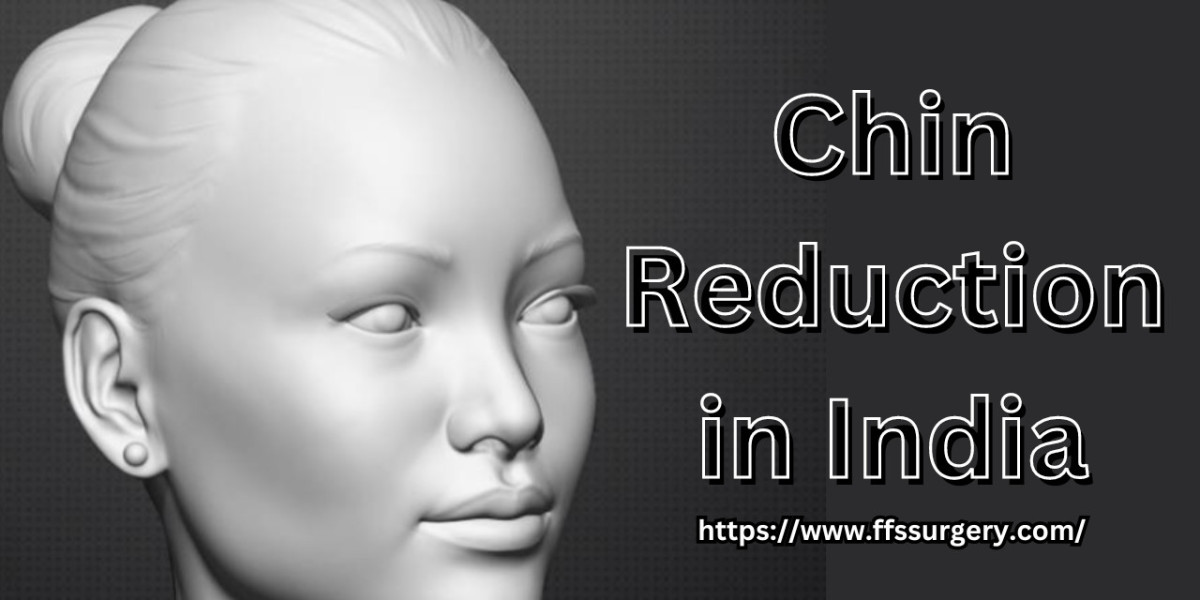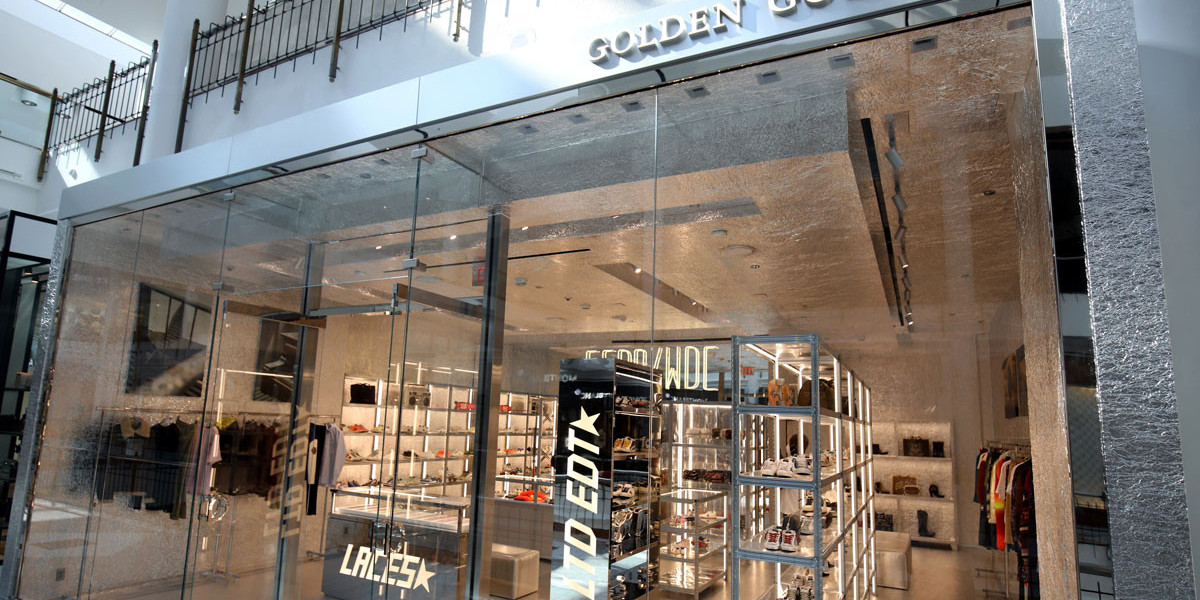Genioplasty is a chin surgery procedure. Genioplasty, also known as chin augmentation, is a cosmetic surgery procedure that reshapes or realigns the chin to improve facial balance. Dr. Parag Telang, a renowned surgeon for chin augmentation and chin reduction in India, says that genioplasty can correct many problems, such as receding chins, overly large or extended chins, chins that are too short or too tall, misaligned or asymmetrical chins, and abnormal dental bites.
Types of Genioplasty
- Sliding Genioplasty
This is also known as osseous genioplasty. The procedure is most appropriate for people with severe retrogenia (chin too far back). The procedure is also suitable for chins that are too far forward or excessively long. During this procedure, the surgeon uses a saw to cut the chin bone from the jaw and move it to correct the chin deformity.
- Implant Augmentation
Chin implants are used to reshape, push forward, or enlarge the appearance of the chin. During the procedure, a surgeon attaches an implant to the chin bone with stitches and screws. Alloplastic implants are very common in this type of surgery.
Genioplasty is a simple procedure that the majority of patients find satisfactory.
Indications For Genioplasty
- A receding chin, which is known as retrogenia. When the chin is set back, little space remains between the neck and the tip of the chin
- A chin that appears too small or too large in comparison to other facial features, causing the nose to appear too long and giving the appearance of a double chin
- A deviated chin refers to one that is either too short or too high
- A canted (protruding) chin, which is caused by the forward position of the lower jaw or bony chin
- Chins that are out of alignment or asymmetrical
- Extending or excessively large chins
- A problem with the upper airways
- An abnormal bite on the teeth
- Chin surgery may also be considered for cosmetic reasons or as a reconstructive procedure following chin trauma/injury
What Happens During the Consultation?
During the consultation, the surgeon will assess the patient's current health. He will measure the patient's face and obtain a CT and X-ray of the jaw. Once the surgeon determines the best option for his patient, he begins planning the procedure.
The Procedure Of Chin Surgery
Prior to the surgery, the candidate is typically made to fall asleep by providing general anesthesia to ensure no pain or discomfort throughout the surgery. The operation and recovery times vary for each patient, depending upon the type of genioplasty the candidate is undergoing and the extent of chin corrections carried out by the surgeon.
- Sliding Genioplasty Procedure
- To begin, the surgeon pulls down the lower lip and makes a gum incision near the bottom teeth.
- The soft tissues are then separated from the bone of the chin.
- To ensure that the chin bone stays straight when moved, a small vertical cut is made in it with a surgical saw.
- The surgeon then creates a horizontal incision along the chin bone. If the chin is to be moved backward or reduced in size, a wedge of bone is also removed.
- The bone is then moved backward or forward and secured with screws or a metal plate.
- To achieve a longer chin, the chin bone is reattached, leaving a space between the chin and the rest of the jaw. The chin bone's natural growth eventually fills in this gap.
- To achieve a shorter chin, the wedge bone is removed and the chin reattached to the rest of the jaw.
- For moving the chin forward, the surgery may help create a “step” in the bone.
- Finally, the incision is stitched closed and protected during healing with compression tape applied to the outside of the mouth and chin.
- Chin Implant Procedure
- The procedure entails making incisions in the lower lip or beneath the chin, placing the chin implant over the chin bone, and securing the implant with sutures or surgical screws.
- Before insertion, the surgeon shapes the chin implant to the appropriate size and shape.
- This surgery can take anywhere from 30 minutes to 3 hours.
How Long Does the Recovery Take from Genioplasty Surgery?
The chin may recover within a few weeks. However, complete recovery is achieved when there is no residual swelling, which can take up to three months. Patients undergoing sliding genioplasty should have regular follow-up sessions with their surgeon to monitor their healing.
Get a more appealing facial profile with genioplasty surgery!
Genioplasty surgery can help improve one’s lower facial profile. It helps one achieve a more enhanced and symmetrical appearance. If one wants to know the facial feminization surgery cost in India, one can consult with Dr. Parag Telang, a notable cosmetic surgeon renowned for offering the best services at affordable prices. However, the cost of the surgery differs according to various factors, including the type of technique used, the doctor’s qualifications, the location of the facility, and much more.
To learn more about the exact cost of genioplasty surgery, visit Designer Bodyz today.















